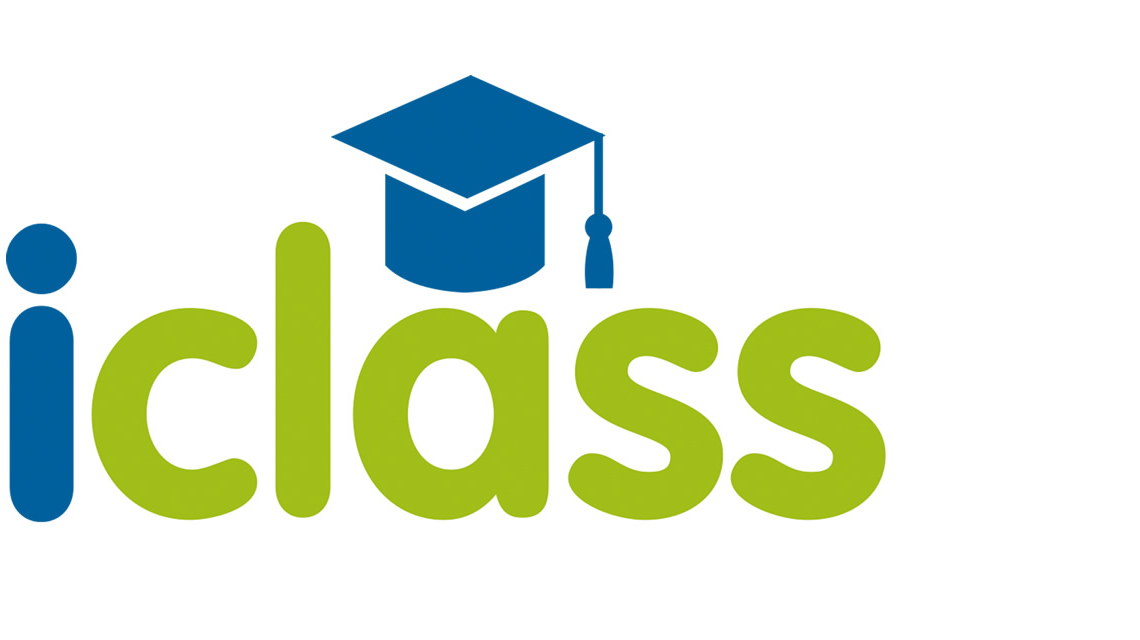 Here are some of our favorite new ways to incorporate technology into your teaching.
Here are some of our favorite new ways to incorporate technology into your teaching.
Create a Virtual Field Trip in Google Earth
Engage students by showing them the places they are learning about in real life. With the internet and a little bit of preparation, it is possible to take your students on a “trip” anywhere in the world! The Teacher’s Prep writes about how to create a class trip via Google Earth here. Take it into VR with a Google Cardboard for less than $15!

Make Students Content Creators
Have a class website or blog? Let students contribute articles of their own! Younger students can write about simple topics such as their day or submit pictures, while older students can publish reflections on their learning or creative writing. iClass Content Management System provides the perfect platform for this. Students submit articles on their own and teachers can moderate with one click!

Use a Virtual Assistant
Many teachers are incorporating Amazon Echo or Echo Dot into their classrooms. Alexa can help teachers in many surprising ways, including spelling words, putting students in random groups, solving math problems, or playing ambient music. This saves valuable learning and prep time! Alexa can be set up to respond to only one voice – yours! Read more here.

Game-Based Learning
Students in 2018 have grown up playing video games. Game-based learning is a fun way to incorporate video game technology to engage your students and help them learn. Teachers can create their own games, access educational games online, or even use pre-existing video games as texts. Learn more here.







 UK + 442895907779
UK + 442895907779 customerservice@iclasscms.com
customerservice@iclasscms.com


